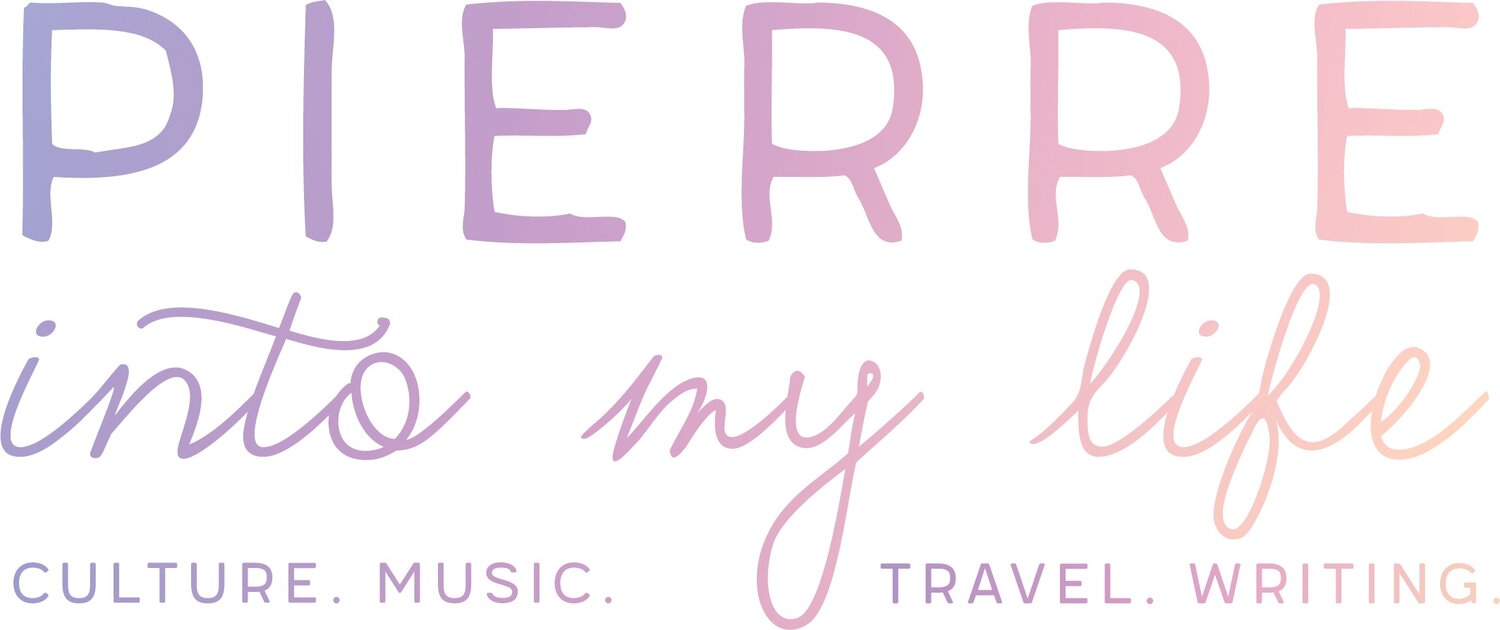“I traded fame for love without a second thought,” Madonna softly sings over mellow trip pop in the opening track, “Downed World/Substitute for Love” on Ray of Light. Not only did the first beats or lyrics sound anything like we had ever heard before from Madonna, but she prepared listeners to dive into her metamorphosis that is the Ray of Light. Dive into what inspired the album and how it changed the sound of American pop music.
Throughout her almost 15 years career, Madonna had never held back on the kind of woman she was. A woman who wasn’t afraid to say what was on her mind, push the boundaries of the viewers a little, and be proud of her sexuality. By 1998, listeners knew what they were in for when Madonna would release new music or video; they were ready for overtly sexual, borderline controversy visual. However, Madonna spent the last few years between her last album Bedtime Stories and Ray of Light, working on the film adaptation of Evita, the musical based on the extraordinary life of Argentina’s First Lady Eva Peron, giving birth to her first daughter Lourdes, practicing new religions (mainly, Kabbalah) and yoga. She teamed up with William Orbit to musically capture her new awakening.
The first single off the album is the title track that completely bursts onto the scene with energy and insanely trippy music. Inspired by Bjork and Everything But the Girl, Madonna ushered in euro's house scene to American mainstream music. Madonna had always reinvented her looks but with this album, she completed exposed Americans to a sound we weren’t familiar. When “Ray of Light” reached its highest peak on the Billboard charts, the other 4 songs were: “My Way” by Usher, “Too Close” by Next, “You’re Still the One” by Shania Twain, and “The Boy is Mine” by Brandy and Monica. Nothing on the radio sounded like “Ray of Light,” and pop music wasn’t experimenting with euro electronic music. But that was emblematic of Madonna, taking risk musically, but also keeping her hand on the pulse of what’s hot on the dance floor.
Her daughter, Lourdes, her new found spiritual awakening, and her mentally centered proved to her critics that she had matured as a woman and as an artist. Lyrically this is the most profound and career defying moment, with her illustrating new ways to express her feelings and her world to listeners. Musically, besides electronic and trip hop, she experiments with elements of Indian folk music, mostly featured on “Frozen” and “Shanti/Ashtangi,” where she recites a Hindu Sanskirt prayer. Her daughter had a profound influenced her music and life, as Lourdes becomes the focus points of “Nothing Really Matters” and “Little Star.” The theme within both songs, Madonna realizes everything she had been searching for in fame and in romantic partners, she found through motherhood.
20 years later, Ray of Light still has an impact influence on pop culture. In the aughties, the biggest hits had European electronic music including Lady Gaga’s “Just Dance” and “Poker Face,” Rihanna’s “We Found Love” and “Where Have You Been” and Cascada’s “Evacuation on the Dance Floor” among many others. Kabbalah became the coolest religion for the “It” celebrities in Hollywood including, Demi Moore, Lindsay Lohan (briefly), Britney Spears (very briefly) and many others. And yoga is still the hippest way to get fit these days. In fact, maybe if Madonna’s Ray of Light era never happened, we might not have Gwyneth Paltrow’s Goop lifestyle blog. And honestly, what would this world be without the influence of getting your vagina steamed by Dr. Paltrow.
Sidenote: The performance of "Ray of Light" on the Oprah Winfrey Show gave us this wonderful gif
























From Cardi B to Taylor Swift, the songs that help cement that summer in quarantine wasn’t too awful.